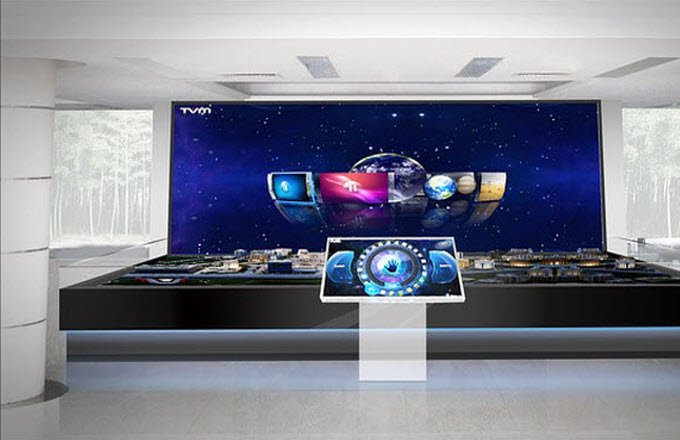The HDTV market has been changing a lot recently, both in terms of technology and price. New types of screens with organic light-emitting diode (OLED) panels and Ultra HD (UHD, or 4K)
Plasma TVs were the only flat-panel models available when they were first introduced more than a decade ago. But given the evolution of LCD and LED TVs in the past couple of years, most manufacturers have stopped making plasma sets entirely. That means your choices will mostly consist of LED-backlit LCD HDTVs, or LED TVs, with the exception of much, much rarer and much, much more expensive OLED displays.
First, a note on LCD: "LCD" and LED HDTVs have been separate for a while, despite both using LCD panels. LCD panels themselves aren't lit, so they need to be illuminated. LED HDTVs simply backlight the LCDs with LEDs, while "LCD" HDTVs use CCFL (cold cathode flourescent lamps) for backlighting. CCFL-backlit designs have fallen by the wayside now, and even budget and midrange HDTVs use LED backlighting. They're lighter and more energy efficient than CCFL-backlit HDTVs, so at this point there's no reason to settle for an LCD that doesn't use LEDs.
There are further differences in the various designs. LED HDTVs can be either edge-lit or backlit (though "backlighting" as a general term can refer to any method to illuminate an LCD panel). Edge-lit HDTVs light up their screens with arrays of LEDs along the edges of the panels, allowing the set to be thin and light. Backlit HDTVs use a large array of LEDs directly behind the panel, making the screen a little thicker, but allowing it to more evenly illuminate the panel and, for high-end screens, adjust individual LEDs to enhance black levels in scenes. Very good edge-lighting systems can produce excellent pictures, though, and HDTV manufacturers are making backlighting LED arrays smaller and thinner, so the distinction means less than it used to. Regardless of the technology, an LED HDTV's thinness and brightness will be roughly proportional to its price range.



